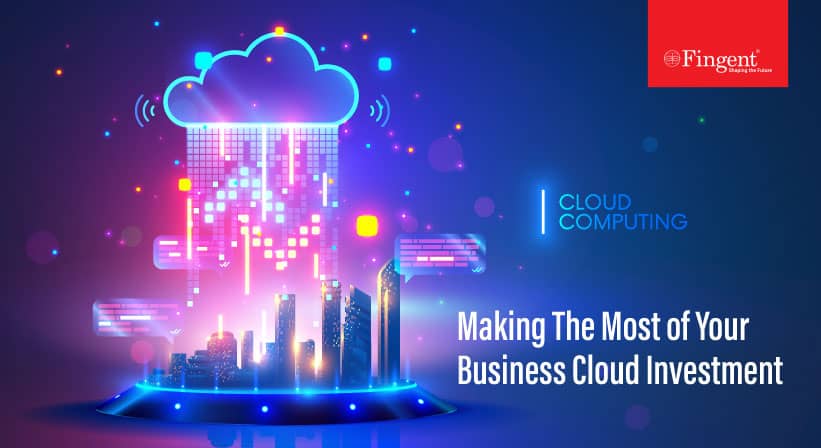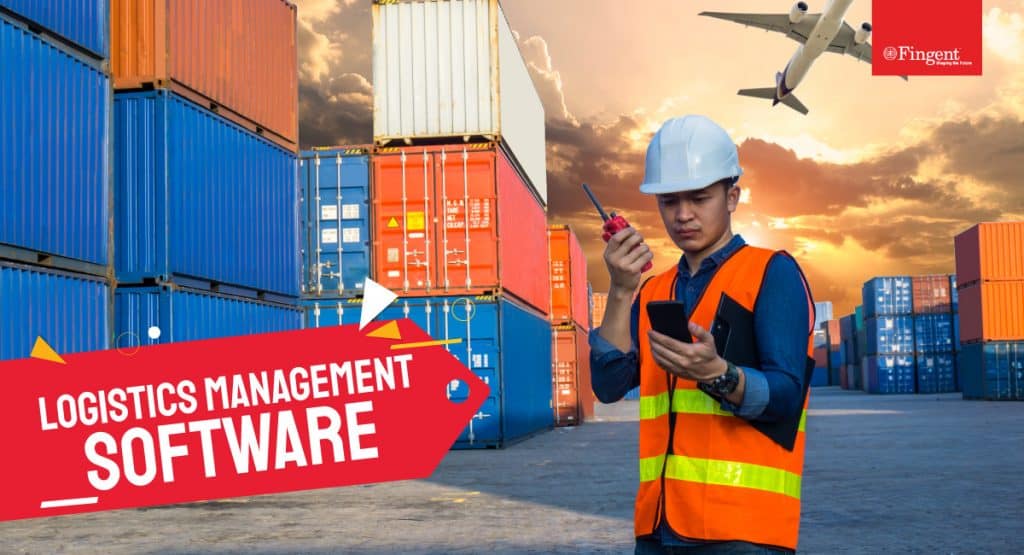Top Technologies That Will Help Tackle Supply Chain Challenges in 2024
The COVID-19 pandemic has created an imbalance between the supply and demand of the goods thereby disrupting the supply chain globally. That said, it has also amplified the need for technology tools to manage the supply chain challenges as the possibility of lockdowns in the future can’t be overlooked.
With the increasing demand for autonomous solutions, it is not surprising to see companies investing in supply chain technologies. According to Gartner, by 2023, 50% of the global eCommerce companies will invest in the real-time supply chain, AI, and advanced analytics solutions.
Challenges in the Supply Chain
1. Labor and material shortages
2020-21 witnessed several layoffs and quarantine putting the market in flux globally. Leaders not only face delegation woes but also find staffing key positions within procurement and supply chain ops problematic. Leaders will have to rely on technologies and automation to create cohesion and shift focus to smaller more concentrated procurement teams.
According to the Institute of Supply Chain Management report, every key commodity is either scarce or up in price leading to shortages and complexities to supply chain management. In other words, the material shortage will continue and companies can expect persistent problems through 2022.
2. Rising freight costs
In 2021, trucking and intermodal transport shot to new highs while spot prices doubled across the board: van (+18%), reefer (+25%), flatbed (+27%). Additionally, sea freight price and air freight price skyrocketed as well making it difficult to move freight in any capacity.
Thus, fluctuation in freight price will remain one of the biggest challenges the supply chain industry will have to face in coming years.
3. Port congestion
In the last two years, there have been wait times for ships headed into ports across the world. In October 2021, over 50 container ships were amassed outside Los Angeles and Long Beach to unload cargo from China. That said, gridlock especially at overseas ports creates delays as ships look to obtain cargo. So, bottlenecks at both ends cause additional lead time for import-export operations ultimately disrupting the domestic supply chains.
While port congestion isn’t a new problem, according to The National Customers Brokers & Forwarders Association of America (NCBFAA), 2022 could see historic wait times and supply chain bottlenecks.
4. Problems related to demand forecasting
While the global shutdown in 2020 skewed supplier data to a great extent, 2021 saw some recovery making the data relatively unreliable as a standard for future forecasting. This has resulted in no proper benchmark for supply chain leaders to follow.
As the unprecedented demand grows, meeting it remains a challenge. So, supply chain leaders will have to rely on trending data to predict the year considering the previous benchmarks for everything from inventory to budget and pricing.
Read more: Logistics Management Software – Everything You Need To Know!
While this adjustment is completely different for those who rely on the last two to three years trailing data to estimate demand forecasting, it is a challenge that requires forethought.
Here are five technologies that will help advance your business in 2024:
1. Robotic Process Automation (RPA)
According to Deloitte, RPA will see strong growth in the next five years specifically in the supply chain operations that include lower-value, potentially dangerous, or high-risk tasks. Robotic technology applications include trains and trucks, automated vehicles like drones, last-mile deliveries, and storage and retrieval systems (ASRS).
The use of RPA can achieve the following objectives:
- Improve productivity and efficiency
- Reduce re-work and risk rates
- Increase employee safety
- Perform repetitive and mundane tasks so humans can work more useful tasks
- Increase revenue by improving order fulfillment and delivery speed
New pricing structures are helping companies consider investing in automation. That said, the RaaS (Robotic and a Service)-type model allows providers to lease units through a monthly service contract instead of customers paying a huge capital up-front.
2. Cloud computing and AI
As supply chains generate big data, cloud-based AI can be used to turn that data into insights. Cloud computing along with AI has transformed the way the supply chain operates and in near future its abilities will only grow in complexity.
Cloud and AI systems can use past trends and market indicators to achieve the following processes;
- Powering automation process
- Informing supplier selection
- Providing real-time information on shipments
- Analyzing carrier performance
- Streamlining supplier onboarding and automating supplier management
- Anticipating trends in operational issues
- Augmenting customer support
Read more: How to accelerate your business growth with Robotic Process Automation
3. IoT
Asset tracking through IoT will help save time and money and assist data-driven decision-making.
Through GPS tracking of shipments and monitoring parcel conditions, IoT devices have improved quality management in the supply chain. RFID chips, mobile sensors, and smart devices can track and authenticate products, humidity, light levels, measure temperature, handling, movement, speed, and other environmental factors of shipments.
Additionally, IoT facilitates new fleet management solutions development which helps improve workflows and customer satisfaction. Also, IoT in the future will reduce the total cost of ownership and make the entire supply chain industry more connected, driven by legislation and customer demand.
Adoption of IoT will also improve security and decrease the probability of piracy, disruption of refrigeration, and container damage.
4. Blockchain
Emerging technology in the supply chain industry, blockchain’s decentralized digital ledger can help improve transparency for customers. This will enable them to track the whole journey of a product before arrival. Additionally, blockchain can increase transparency in audits and improve security by revealing any attempted fraud. Blockchain can help increase the level of trust and make digital payments more secure.
Blockchain systems can also save time and money due to better coordination of documents and eliminate the need for physical paperwork.
5. Transportation Management System (TMS)
All of the above-mentioned technologies need to be organized and managed from a single point. That is where TMS applications complications come into the picture.
TMS is used to manage carriers, and help convert paper-based documentation into a digital format. It will reduce freight costs, track deliveries in real-time, and increase transparency which will eventually improve customer service. Simply put, TMS will help make all the separate elements work as a single system.
TL Nika Logistics is a prime example of successful TMS adoption.
Final thoughts!
There’s no denying that technological innovation is propelling supply chain management solutions. If you are looking to embark on this technical journey, Fingent custom software development experts is the right partner for you. We understand the latest advancements in supply chain technology and help organizations adopt these emerging solutions while gradually replacing legacy systems to help navigate better in this competitive business landscape.
Connect with us today!
Stay up to date on what's new

Recommended Posts

25 Jan 2024 Logistics B2B
The Manifold Benefits of Custom Fleet Management Software in Supply Chain
Cost, Compliance, Efficiency, and Manpower – These are the pillars on which a fleet management business stands. A compromise on any of these can mean the whole business topples with……

27 Dec 2023 Logistics B2B
The Game-Changing Role of Custom Inventory Management in Supply Chain
Supply chain management is a complex web of processes that involve the seamless coordination of procurement, production, distribution, and more. Among these, inventory management stands out as a pivotal aspect……

05 Nov 2023 B2B
Cloud 101 – Getting a Good Return on Your Business Cloud Investment!
In the digital age, cloud investment is your business's propulsion, offering flexibility, scalability, and a competitive edge. However, many companies don't fully reap the cloud's benefits. The cloud's potential remains……

15 Oct 2023 B2B
Hyperscaler Cloud Services: The Next Step In Business Cloud Investment!
Companies can save 20% of the total annual cost if they migrate to the cloud. Hyperscaler Cloud Services can enable businesses to experiment, build, innovate, and run any form of……
Featured Blogs
Stay up to date on
what's new

























































